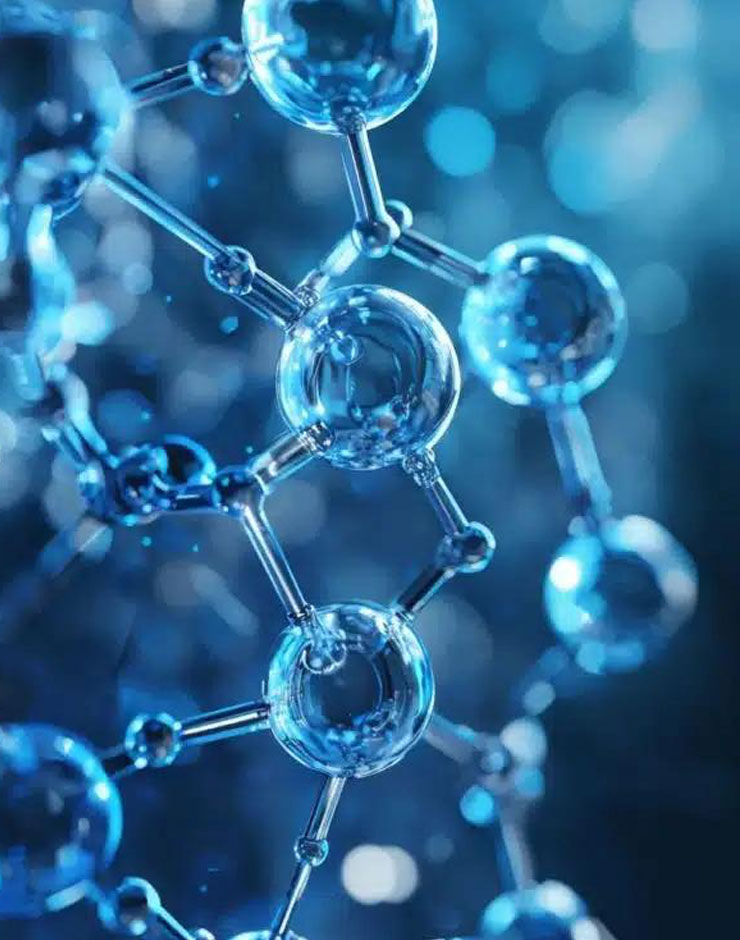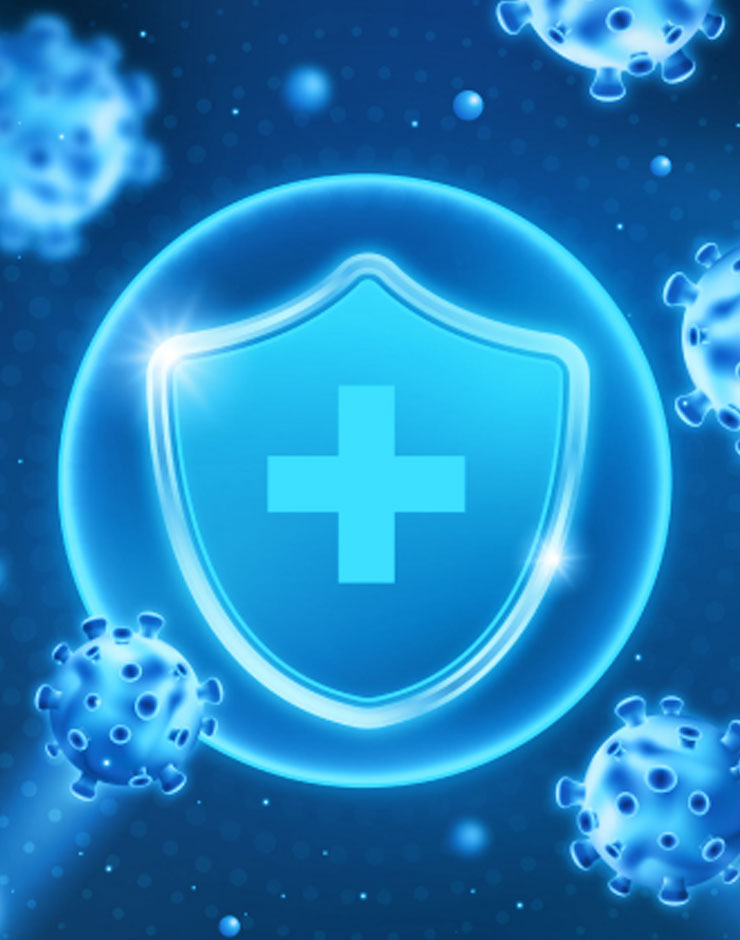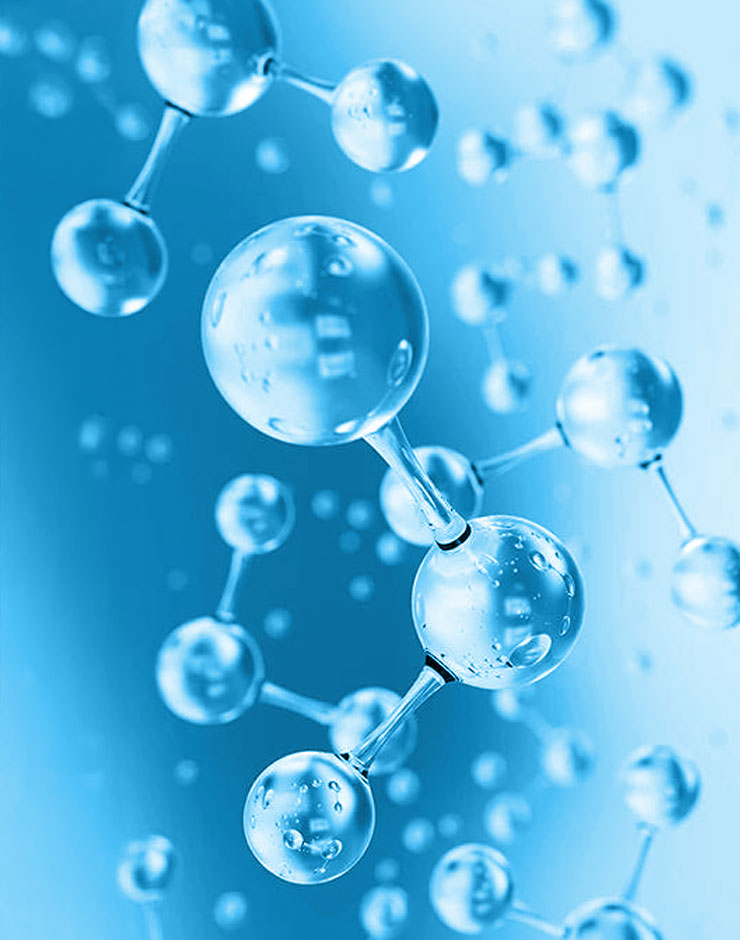
Innovative
Developing unique
peptide therapies
biotech
Advanced peptide biotechnology company developing breakthrough therapies to transform the future of global health
Years in Peptide R&D
0+
Patients Dosed
0+
Clinical Studies
0
Safe and Effective
Peptide Solutions
At PVP Labs, we leverage expertise in peptide research, drug development, and clinical innovation to deliver breakthrough therapies. Our team develops safe and effective alternatives to conventional treatments.
Guided by scientific excellence and commitment to human health, we create peptide-based solutions that transform pain management, antiviral treatment, and wound healing across global markets.
Acute Pain
μ1-selective peptide analgesic for rapid control of moderate-to-severe acute pain without typical opioid side effects.
Cancer Pain
μ1-selective peptide analgesic, enabling long-term treatment with reduced risk of tolerance, dependence and opioid-related toxicities.
Viral Infections
Host-directed antiviral peptide platform for ARVI, influenza and coronavirus, targeting infection at the mucosal entry gate.
Burns and Wounds
Topical reparative peptide platform for faster, scar-sparing healing of burns and complex wounds with improved patient comfort.
Our journey
Transforming ideas into life-saving therapies
PVP Labs is a Singapore-based biotechnology pioneer specializing in peptide-based drug development. Since our founding in 2016 – building on research initiated in 2010 – we’ve developed transformative therapeutics that redefine treatment approaches for critical healthcare challenges.
TAPHALGIN® revolutionizes pain relief as a first-in-class dual-mechanism analgesic (μ1 – Selective Opioid Agonist + Calcium Channel Modulator), non-addictive tetrapeptide. It delivers powerful pain management without tolerance, accumulation, or addiction risks – offering patients a safer, more convenient alternative to traditional analgesics. Taphalgin represents a new standard in therapeutic care.
ARVIDAL® is our next-generation peptide, host-directed antiviral and immunotropic spray that provides prophylactic and therapeutic protection against ARVI, influenza and coronavirus infections by enhancing а local immunity, accelerating epithelial repair and preventing progression to severe pulmonary disease.
We pioneer peptide biotechnology to deliver breakthrough therapeutic outcomes across critical disease areas – advancing health and performance for civilian and military populations worldwide.

We deliver innovative
peptide therapies
Advancing innovative peptide platforms to improve patient care.
Leading research
Our team develops custom peptide therapeutics through advanced research and scientific innovation.
Trusted methods
We provide effective peptide platforms that enhance patient care and medical outcomes.
Pioneering science for better health outcomes every day.
Taphalgin ®
Arvidal ®
Dalardenol ®
Promising Developments
Next-Generation Non-Addictive, Dual-Mechanism Analgesic Peptide for Acute Pain Management
- Dual-Mechanism Analgesic: μ1 – Selective Opioid Agonist + Calcium Channel Modulator
- Demonstrated clinically meaningful pain relief in ~15 minutes
- Non-Addictive Safety Profile, Avoids all major opioid side effects Addiction, Respiratory, Cardiac, GI
- 100,000+ Human Exposures Confirm Non-Addictive Safety Profile (IQVIA data)
- A novel non-addictive peptide analgesic designed to reduce reliance on traditional opioids in acute pain management
- Strong IP portfolio for Composition and Delivery protection extending to 2036
Next-Generation Antiviral, Immunotropic & Reparative Peptide for Respiratory Viral Infections
- First-in-class host-directed antiviral peptide acting on the respiratory epithelium and local innate immunity
- Broad-spectrum prophylactic and therapeutic protection against ARVI, influenza and coronavirus infections
- Mucosal barrier – protective and tissue-reparative activity promoting regeneration of airway and lung epithelium
- 0.2% topical intranasal/oropharyngeal spray and 0.05% inhalation solution to intercept infection at mucosal entry sites
- Designed to reduce viral load, blunt cytokine storm and prevent progression to severe pneumonia and long-term lung damage
- Strong IP portfolio for Composition and Delivery protection extending to 2038
Next-Generation Reparative & Anti-Inflammatory Peptide for Burns and Complex Wounds
- First-in-class topical peptide therapy, with a sequence developed from studies of endogenous regulatory peptides, promoting rapid, scar-sparing healing of thermal burns and complex skin wounds
- Multi-modal local action at the wound bed: potent anti-inflammatory, antioxidant and microcirculatory effects driving active tissue regeneration
- A distinctive feature of the molecule is an analgesic effect that improves treatment tolerability and eases patient discomfort during the most painful stages of wound care
- Preclinical models demonstrate rapid reduction of edema and hyperemia, accelerated wound contraction and earlier epithelial closure versus baseline
- Enhances epithelialization and wound-bed preparation in patients with impaired healing potential, including chronic trophic ulcers and extensive burns
- Spray and gel formats enable rapid, uniform coverage of large and irregular wound surfaces in emergency, inpatient and outpatient settings
- Established global IP protection for peptide composition and therapeutic use with patent coverage extending to 2028-2040
Next-Generation Microcirculation-Restoring Peptide for Critical Care & Organ Protection
- Experimental injectable peptide drug candidate designed to restore impaired microcirculation and lymphatic drainage in critically ill patients
- Conceptual multi-target action: improves capillary blood flow and venous outflow, enhances lymphatic drainage and reduces tissue edema, stabilizes mast cells and supports vascular barrier integrity
- A focused preclinical program is planned to investigate G171 in models of respiratory distress and lung injury, myocardial and cerebral ischemia–reperfusion, renal and hepatic dysfunction, systemic shock and evolving multiple organ failure
- Based on this mechanistic and preclinical rationale, G171 is being considered as a potential future adjunct to resuscitation and peri-operative organ protection in high-risk surgery and in settings such as acute MI, stroke and severe lung injury, subject to confirmation in these dedicated preclinical studies*
- Early preclinical screening stage (in vitro and in vivo); no clinical trials initiated yet and all potential indications remain hypothetical pending formal toxicology and subsequent human studies*



